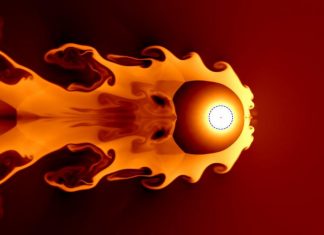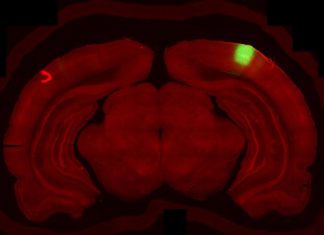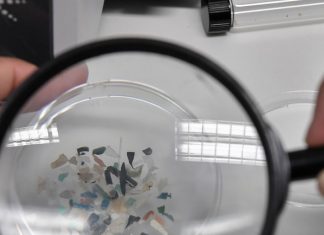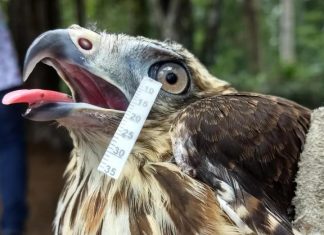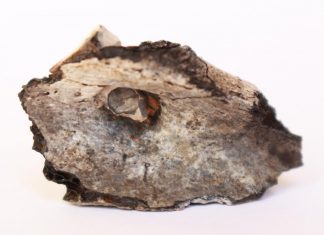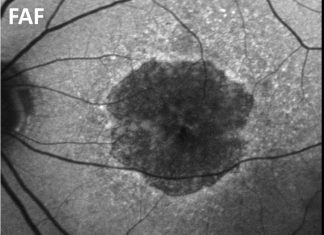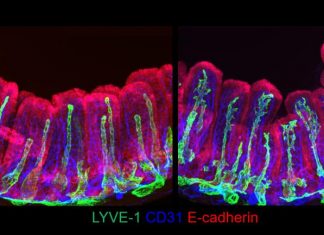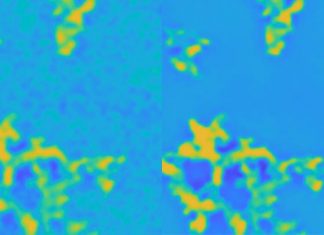Study: Exploding stars may have caused mass extinction on Earth
Imagine reading by the light of an exploded star, brighter than a full moon - it might be fun to think about, but this scene is the prelude to a disaster when the radiation...
Study: Linking sight and movement
To get a better look at the world around them, animals constantly are in motion. Primates and people use complex eye movements to focus their vision (as humans do when reading, for instance); birds,...
Study: 200,000 years ago, humans preferred to kip cozy
Researchers in South Africa's Border Cave, a well-known archaeological site perched on a cliff between eSwatini (Swaziland) and KwaZulu-Natal in South Africa, have found evidence that people have been using grass bedding to create...
Study: Aurora mysteries unlocked with NASA’s THEMIS mission
A special type of aurora, draped east-west across the night sky like a glowing pearl necklace, is helping scientists better understand the science of auroras and their powerful drivers out in space. Known as...
Study: Micro- and nanoplastics detectable in human tissues
Plastic pollution of land, water and air is a global problem. Even when plastic bags or water bottles break down to the point at which they are no longer an eyesore, tiny fragments can...
Study: Bird and reptile tears aren’t so different from human tears FRONTIERS
Bird and reptile tears aren't so unlike our own, shows a new study in Frontiers in Veterinary Science. But the differences could provide insights into better ophthalmic treatments for humans and animals, as well...
Study: Cremation in the Middle-East dates as far back as 7,000 B.C.
The gender of the human remains found inside a cremation pyre pit in Beisamoun, Israel remains unknown. What is known is that the individual was a young adult injured by a flint projectile several...
Study: Artificial intelligence recognizes deteriorating photoreceptors
A software based on artificial intelligence (AI), which was developed by researchers at the Eye Clinic of the University Hospital Bonn, Stanford University and University of Utah, enables the precise assessment of the progression...
Study: Newly identified gut cells nurture lymph capillaries
You have just enjoyed a delicious summer BBQ. After approximately eight hours, food molecules reach your small intestine, where specialized lymph capillaries, called lacteals, absorb fat nutrients. Lacteals are different from other lymphatics, as...
Study: New super-resolution method reveals fine details without constantly needing to zoom in
Since the early 1930s, electron microscopy has provided unprecedented access to the alien world of the extraordinarily small, revealing intricate details that are otherwise impossible to discern with conventional light microscopy. But to achieve...

